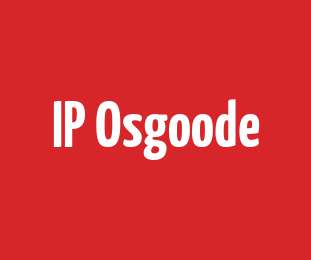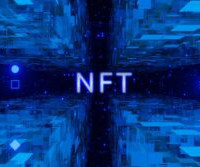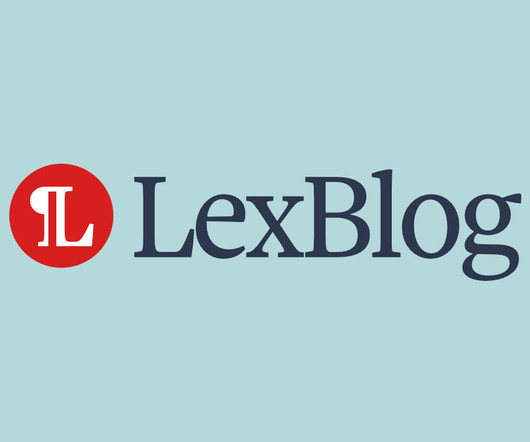Blurred Lines: How the Lack of Regulation of NFT Platforms Has Fueled Rampant Art Theft
IPilogue
JUNE 13, 2022
Still, the straightforward process for creating non-fungible tokens (NFT) has accelerated the theft of digital art. The author of a copyright-protected work can bring a claim for copyright infringement, but this is contingent on knowing the infringer’s identity.











Let's personalize your content